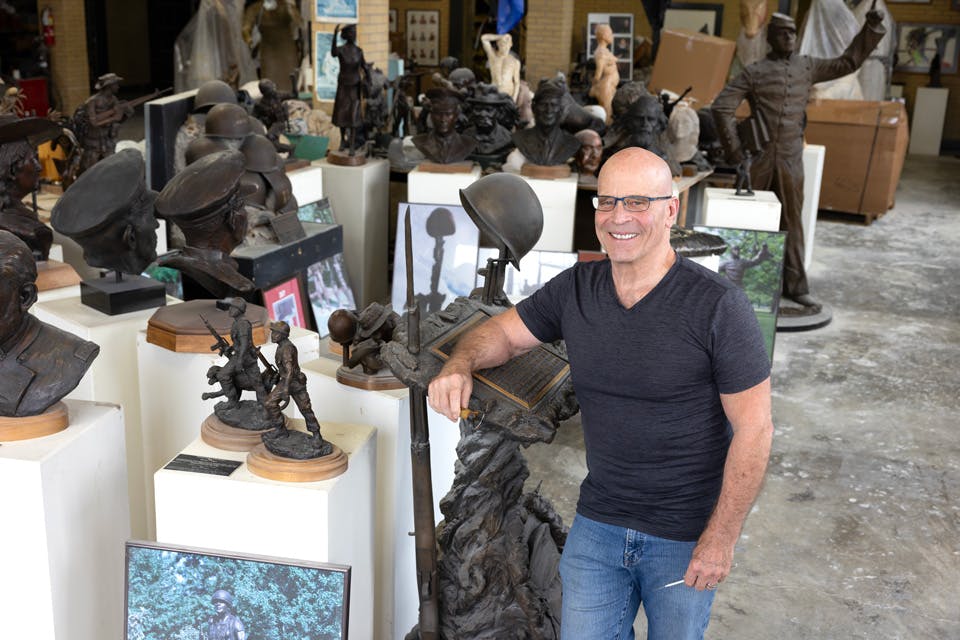Arts
Bonjour Bijou
An exhibition of 75 gems on loan from the Petit Palais in Paris opens this month at the Taft Museum of Art.
Related Articles

Flowers Power Alisa H. Workman’s Beautiful Paintings
The southwest Ohio-based artist embraces spontaneity in creating her floral-inspired canvases. READ MORE >>

View a Whimsical Cloth Circus at Canton Museum of Art’s ‘Without a Net’
California-based artist Susan Else’s vibrant and fun creations are the focus of this exhibition, which runs from Nov. 21 through March 3. READ MORE >>

The Sculpted Visions of Alan Cottrill
The artist’s cast-bronze works are found across Ohio and far beyond. We visited his Zanesville studio to learn about his process and the road that led him to finding his passion. READ MORE >>





